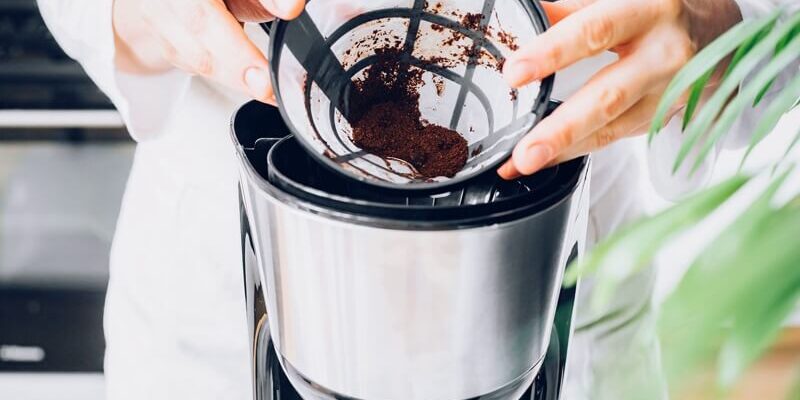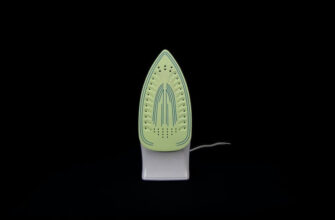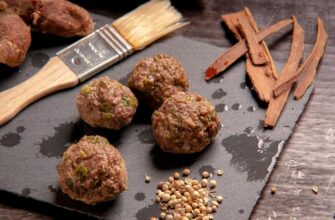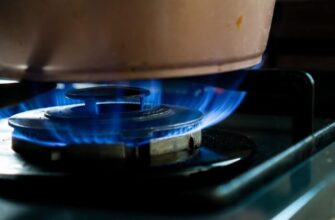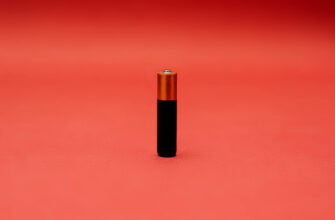The focal point of the kitchen and a lifesaver in the morning: Especially when the filter coffee maker often puts in an extra shift, it is important to clean and descale it regularly. We’ll show you which products work well – and which you should avoid using.
- The most important cleaning: Descaling
- Instruction 1: For decalcifiers from drugstores and supermarkets
- Remove calcification with common home remedies
- Instruction 2: Descale filter coffee machine with vinegar essence
- Instruction 3: Decalcify filter coffee machine with baking soda or baking powder
- Cleaning the exterior of the filter coffee maker
- Soft water for better coffee
The most important cleaning: Descaling
Limescale leaves traces everywhere: it coats water tanks and heating coils with a white layer. This can have a negative effect not only on the taste. The coffee machine also takes much longer to brew and consumes more electricity in the process. Therefore, you should descale your machine about every three months. Cleaning may also be necessary more often if the tap water in your residential area is rather hard, i.e. contains a lot of lime, or if you use the machine very often. You can find out the hardness of your drinking water with test strips, which you can buy at most pharmacies.
Instruction 1: For decalcifiers from drugstores and supermarkets
In drugstores and supermarkets you can find a wide range of descalers for household appliances: such as tabs, powders or liquid descalers. When buying, make sure that the product of your choice is suitable for filter coffee machines. Each package contains instructions for descaling. As a rule, you proceed as follows:
- Depending on the package instructions, add a certain amount of the descaler to the coffee maker’s water tank along with the specified amount of water.
- Then switch on the machine as for normal coffee making.
- When the liquid mixture has completely run through, the coffee machine is descaled.
- Now rinse with clear water to remove the remains of the descaler – in some cases, this may require several passes.
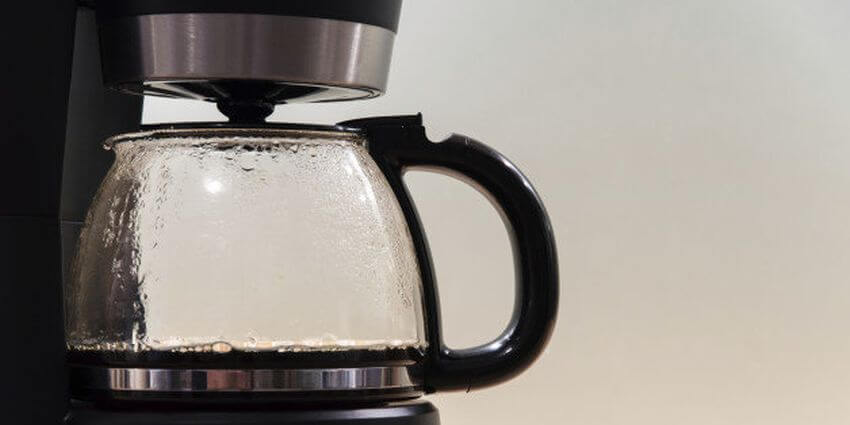
Remove calcification with common home remedies
Alternatively, there are various home remedies for descaling your coffee machine, some of which are less expensive. The advantage is that most of these products are already available in your household. In addition, such home remedies are often more environmentally friendly than ready-made limescale removers. For example, you can use vinegar essence, normal vinegar, baking soda or baking powder, which consists mainly of baking soda. Below you will find clear descaling instructions for the individual home remedies.
Instruction 2: Descale filter coffee machine with vinegar essence
- Mix one cup of vinegar essence with two cups of water and pour the liquid into the water tank of your coffee maker.
- Turn the machine on and let it run about halfway through.
- Now turn off the coffee maker and let the vinegar essence soak for 20 minutes.
- Then restart the machine and run the rest of the mixture through.
- Afterwards, rinse twice with water before the machine can be used again for the next pot of coffee.
- If the machine was very heavily calcified, further passes may be necessary.Ordinary vinegar is also suitable for descaling. However, since this contains a lower concentration of the lime-dissolving acetic acid, it must be dosed higher: Add about one cup of vinegar to one cup of water. Normal household vinegar does not contain any chemical additives. It is completely degradable and thus protects the environment.
Instruction 3: Decalcify filter coffee machine with baking soda or baking powder
- Add a bag of baking soda or baking powder to a liter of hot water.
- When it has dissolved, pour the mixture into the coffee maker and run it through once.
- As soon as baking soda comes into contact with lime, a chemical reaction takes place: The mixture foams up. If there is a lot of limescale, several rinses are necessary. When hardly any foam bubbles form, decalcification is complete.
Cleaning the exterior of the filter coffee maker
The coffee pot can be cleaned with normal washing-up liquid. If it is heavily calcified, rub it with citric acid or vinegar essence and then rinse it thoroughly. A tip: gloves will protect your hands from the acid.
You should always clean the hotplate immediately of small bits of dirt, such as coffee residue. If thorough cleaning is necessary, proceed as follows:
- Unplug the coffee maker and let it cool down completely.
- Now you can use normal cleaning agents such as washing-up liquid and a dishcloth. Be careful with corrosive or abrasive agents: Oven cleaner, grill spray, scouring cream or pot sponges would damage the surface.
Soft water for better coffee
Limescale deposits cannot be completely avoided. However, to ensure that you can continue to enjoy your morning lifesaver unimpaired, always fill your machine with water that is as low in lime as possible. If the tap water is hard and contains lime, it is a good idea to use a water filter. This sieves the lime out of the water and makes it softer, which should both benefit the taste and prevent new deposits.
Instead of water filters, you can also use baking soda to counteract calcification. To do this, add a pinch of the powder to the water tank every time you make coffee. This in turn softens the water and reduces the formation of limescale.
Another advantage is that sodium bicarbonate reduces the acidity of the coffee, making it easier to digest for people who are sensitive to acidity – and it even tastes better.
Does lime spoil the taste?
Coffee gourmets swear by it: Only the right water ensures perfect enjoyment. That makes sense. After all, coffee is 99 percent water. If it’s too hard, the beans can’t develop their aroma properly. If you think you’ve found the holy grail of coffee art with a water filter, you’re in for a disappointment. If too many minerals are removed from the water, its pH value becomes acidic and the coffee tastes the same. In extreme cases, even the coffee cream will curdle.
A neutral pH value of 7.0 and a water hardness level of “soft” are considered ideal. Complicated? Yes, but making coffee is a science in itself. And in the end, it’s mainly a matter of taste. Speaking of taste: In tests, most people couldn’t even taste whether the coffee was brewed with hard or soft water. Just try it out.

